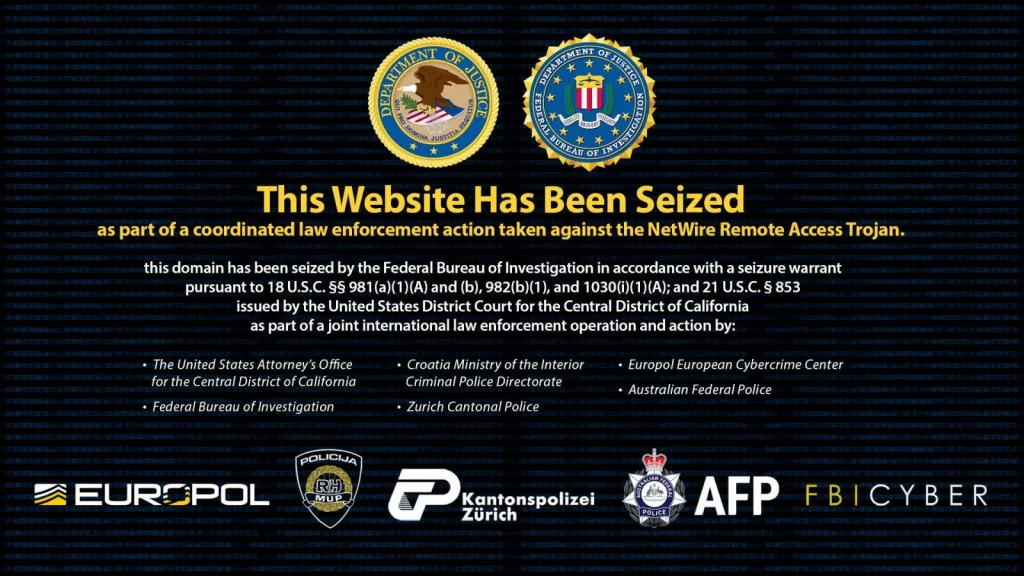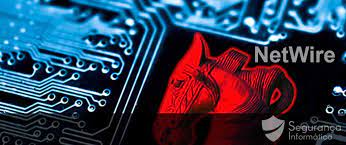Last Updated on 10/03/2023 by TheDigitalHacker
NetWire RAT Malware infra admin got caught Police have taken down the infrastructure of the NetWire RAT malware and arrested its administrator.
The operation was conducted by the Italian State Police, in collaboration with the European Union Agency for Law Enforcement Cooperation (Europol) and the FBI.

The investigation was initiated after several reports of cyber attacks using the NetWire RAT malware. During the operation, law enforcement seized several servers used to control the malware and arrested the administrator of the infrastructure.
The suspect, whose identity was not disclosed, is facing charges of computer fraud, illegal interception of electronic communications, and money laundering.
What is NetWire RAT malware?

NetWire RAT (Remote Access Trojan) malware is a type of malicious software that allows attackers to gain unauthorized access to a victim’s computer or device. Once installed on a victim’s system, the NetWire RAT malware gives the attacker remote control over the device, enabling them to perform various malicious activities, including stealing sensitive data such as login credentials, personal information, and financial data.
NetWire RAT malware can be distributed through various methods, such as email phishing campaigns, malicious software downloads, or social engineering attacks.
The malware is typically hidden within seemingly legitimate files or programs and can evade detection by antivirus software. The use of NetWire RAT malware is illegal and poses a significant threat to individuals, businesses, and organizations.
Once an attacker gains access to a system through NetWire RAT, they can conduct further attacks, such as ransomware attacks, and cause extensive damage to the victim’s computer or network.
Who is often targeted by NetWire RAT malware?

NetWire RAT malware can be used to target anyone with an internet-connected device, including individuals, businesses, and organizations. However, malware is often used in targeted attacks against specific individuals or groups. In many cases, attackers use social engineering tactics such as phishing emails to trick victims into downloading and installing the malware.
For example, the attacker may send a fake email that appears to be from a trusted source, such as a bank or government agency, and ask the recipient to click on a link or download an attachment.
Once the victim downloads the malware, the attacker gains control of the system. While anyone can be targeted by NetWire RAT malware, certain industries or sectors may be at a higher risk, including finance, healthcare, government, and education.
These industries often have valuable data that attackers can exploit, making them attractive targets for cybercriminals. It’s essential to have strong cybersecurity measures in place to protect against NetWire RAT and other malware attacks.
| Malware Name | NetWire RAT |
|---|---|
| Type of Malware | Remote Access Trojan (RAT) |
| Purpose | Allows attackers to take control of a victim’s computer and steal sensitive data |
| Law Enforcement Agency | Italian State Police |
| Collaboration | Europol and FBI |
| Operation Result | Seized several servers used to control the malware and arrested the administrator |
| Suspect’s Charges | Computer fraud, illegal interception of electronic communications, and money laundering |
Also Read:










